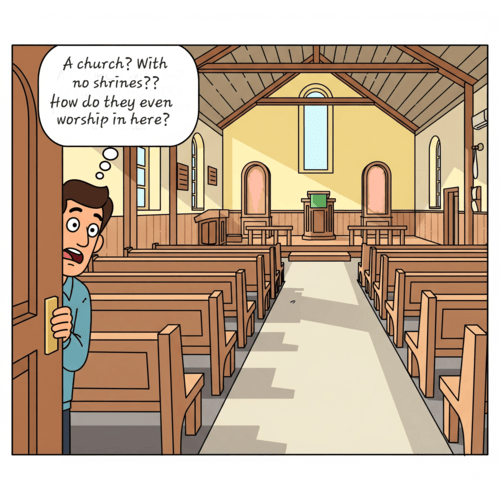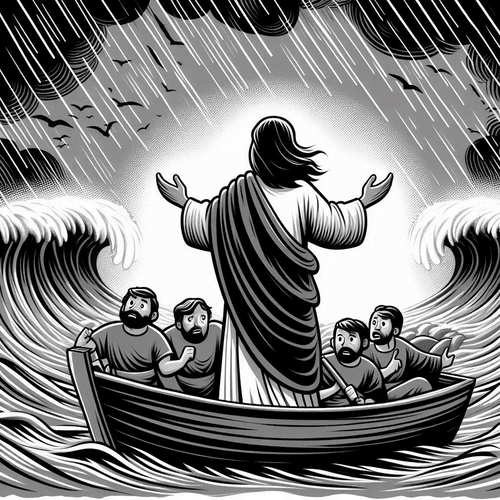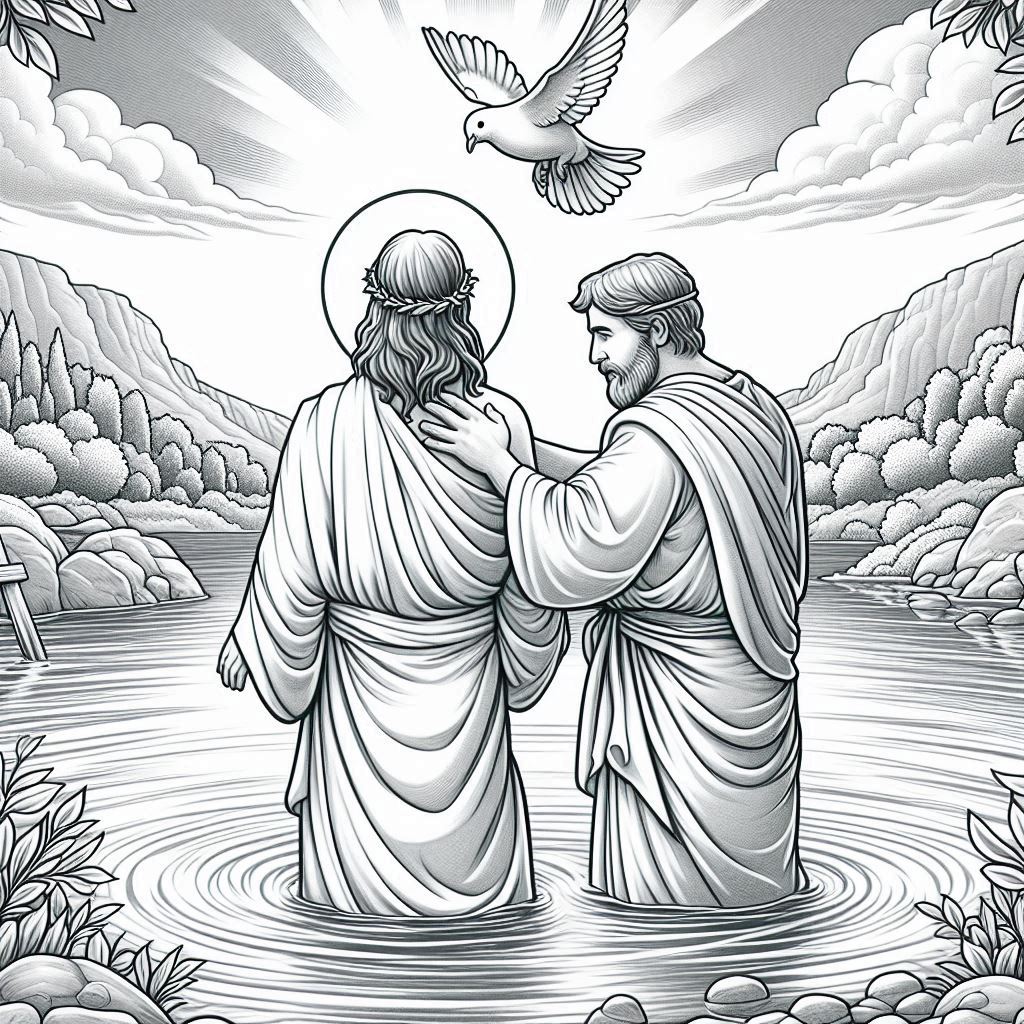Do Christians Need Holy Shrines? Why the Reformed Answer Is No
Walk into a medieval cathedral and you’ll encounter ornate shrines, gilded reliquaries, and designated “holy places” where pilgrims gather to pray. But step into a Reformed church and you’ll find something strikingly different: simple sanctuaries focused on pulpit, table, and font. This isn’t mere aesthetic preference or cultural accident—it reflects deep theological conviction rooted in Scripture’s teaching about how and where God meets His people.
Reformed Christians don’t avoid shrines out of aesthetic minimalism or anti-Catholic sentiment, but because the Bible teaches true worship transcends physical locations and objects. Three Bible principles shape this conviction: the end of localised worship through Christ’s sacrifice, the Second Commandment’s warning against idolatrous practices, and the priesthood of all believers…
THE TEMPLE CURTAIN WAS TORN: ACCESS WITHOUT MEDIATION
When Jesus died, “the curtain of the temple was torn in two, from top to bottom” (Matthew 27:51). This wasn’t incidental detail—it marked the end of an entire system of localised, mediated worship. No longer would God’s people need to approach Him through specific places, objects, or priestly intermediaries.
Jesus Himself announced this shift in His conversation with the Samaritan woman. When she asked about the proper location for worship—their mountain or Jerusalem—Jesus responded, “Woman, believe me, the hour is coming when neither on this mountain nor in Jerusalem will you worship the Father… God is spirit, and those who worship him must worship in spirit and truth” (John 4:21, 24).
Christ was declaring the end of place-based religion. Worship would no longer be tied to geography or architecture, but to the condition of the heart and the truth of the Gospel.
Stephen echoed this understanding in his final sermon: “The Most High does not dwell in houses made by hands” (Acts 7:48). Quoting Isaiah 66:1-2, Stephen reminded his hearers that God’s transcendence means He cannot be contained or controlled through human constructions. The early church grasped what many miss today: God meets His people anywhere they gather in Christ’s name, not in designated “holy places.”
THE SECOND COMMANDMENT: AVOIDING IDOLATROUS WORSHIP
“You shall not make idols or any likeness of what is in heaven above or on the earth beneath” (Exodus 20:4). Reformed Christians take this commandment seriously, not as mere prohibition against golden calves, but as protection against anything that might become a substitute for or addition to pure worship of God.
Shrines carry inherent risk of superstitious practice. History shows how quickly objects intended to aid devotion become objects of devotion themselves. Consider how Israel’s bronze serpent—originally God’s instrument of healing—eventually required destruction because people began worshipping it (2 Kings 18:4). King Josiah’s reforms systematically removed “high places” and shrine-like installations that had corrupted Israel’s worship (2 Kings 23). The pattern is clear: even God-ordained objects can become stumbling blocks when they shift focus from the Creator to creation.
The Regulative Principle, central to Reformed worship, insists we worship God only as He has commanded in Scripture. This doesn’t mean worship must be joyless or austere, but it does mean we cannot add elements—however well-intentioned—that Scripture doesn’t authorise. As Paul warned, such practices may have “an appearance of wisdom in promoting self-made religion” but ultimately distract from Gospel simplicity (Colossians 2:23).
EVERY BELIEVER IS A TEMPLE: THE PRIESTHOOD PRINCIPLE
Perhaps most fundamentally, Reformed Christians reject shrines because every believer has become God’s dwelling place. “Do you not know that your body is a temple of the Holy Spirit within you?” (1 Corinthians 6:19). If God dwells within each Christian, why would we need special locations to encounter Him?
Peter’s teaching reinforces this: believers constitute “a royal priesthood” (1 Peter 2:9), with direct access to God through Christ, our great High Priest. There is “one mediator between God and men, the man Christ Jesus” (1 Timothy 2:5)—not shrines, not relics, not designated holy places. The church corporately is “God’s temple” (1 Corinthians 3:16), making every gathering of believers a sacred space.
This truth liberates worship from geographical and architectural constraints. Prayer and praise become available anywhere, anytime. A hospital room becomes as sacred as any cathedral when believers gather there in Jesus’ name.
PRACTICAL WISDOM FOR GOSPEL-CENTRED WORSHIP
This doesn’t mean Reformed Christians are being difficult. Beautiful architecture, meaningful art, and thoughtful design can genuinely serve worship when they direct attention to Christ rather than demanding it for themselves. The key distinction lies between decoration that serves the Gospel and devotional objects that risk replacing it.
Reformed practice focuses resources and attention on Word and Sacrament—the means of grace Christ specifically instituted. Rather than maintaining shrines, Reformed churches invest in solid preaching, careful administration of baptism and communion, and pastoral care that builds up the body of Christ.
This approach offers profound freedom. Released from dependence on sacred spaces and holy objects, Reformed Christians can worship and serve anywhere their calling takes them. Every kitchen table can host communion, every workplace can become a venue for witness, every conversation can become an opportunity for Gospel ministry.
The Reformed answer to holy shrines isn’t “no” out of stubborn tradition, but “yes” to something better: the immediate presence of God through Christ, available to every believer, in every place, at every moment. In a world obsessed with sacred spaces, Reformed Christianity proclaims a more radical truth—the entire world becomes sacred when filled with people who carry God’s presence within them.
DO CHRISTIANS NEED HOLY SHRINES? RELATED FAQs
If God commanded such detailed temple furnishings in the Old Testament, why would He disapprove of beautiful shrines today? The Old Testament temple objects were divinely commanded types and shadows pointing forward to Christ (Hebrews 8:5). Every golden lamp, carved cherub, and sacred vessel served as prophetic symbols of the coming Messiah and His work. When Christ came as the reality these symbols represented, the shadows fulfilled their purpose and became obsolete (Hebrews 10:1). Creating new shrine objects today would be like continuing to offer animal sacrifices after Christ’s perfect sacrifice—a step backward from the fuller revelation we now possess.
- Don’t shrines help people focus their prayers and feel closer to God, especially those who’re less educated or struggle with abstract concepts? While this concern shows pastoral sensitivity, Scripture teaches that the Holy Spirit enables all believers—regardless of education level—to worship “in spirit and truth” (John 4:24). The apostles, mostly unschooled fishermen, needed no visual aids beyond Christ Himself to pray powerfully and lead others in worship. Rather than assuming people need material objects to connect with God, Reformed practice trusts the Spirit who indwells every believer is sufficient to enable genuine worship. This actually demonstrates greater confidence in ordinary believers’ spiritual capacity.
- How do we explain the undeniable spiritual experiences many people have at holy shrines and sacred sites? Reformed theology doesn’t deny that people may have profound experiences at shrines, but questions whether such experiences necessarily come from God or prove the shrine’s validity. Scripture warns that even Satan can appear as “an angel of light” (2 Corinthians 11:14), and human emotions can be powerfully stirred by impressive religious settings. More importantly, the biblical test for spiritual authenticity isn’t subjective experience but conformity to God’s revealed Word. Many people also report life-changing encounters with God in hospital rooms, prison cells, and ordinary homes—demonstrating that His presence isn’t tied to special locations.
If early Christians met in homes, doesn’t that prove location doesn’t matter? But they also met in synagogues and eventually built churches—isn’t this inconsistent? The key distinction lies between gathering places and worship objects. Reformed Christians have always built churches and valued beautiful architecture that serves worship—the issue isn’t with sacred spaces but with sacred objects that become focal points of devotion. Early Christians used synagogues and homes as meeting places, not as shrines containing holy relics or images. Church buildings serve practical needs for corporate worship, teaching, and fellowship, while shrines create additional mediating objects between believers and God. Reformed practice embraces church buildings while avoiding the shrine mentality that treats objects or locations as specially powerful.
- What about the bronze serpent God commanded Moses to make for healing? Doesn’t this show God approves of using physical objects in religious practice? The bronze serpent perfectly illustrates the Reformed position! God commanded it for a specific purpose and time, but when it later became an object of worship, King Hezekiah “broke in pieces the bronze serpent that Moses had made, for until those days the people of Israel had made offerings to it” (2 Kings 18:4). Even a God-ordained object required destruction when people began treating it as holy in itself. This pattern shows that objects serving temporary divine purposes must not become permanent fixtures of worship, and that even the most biblically grounded religious objects become dangerous when they shift focus from God to themselves.
- Don’t Reformed churches have their own “shrines” in their reverence for pulpits, communion tables, and baptismal fonts? This objection misunderstands how Reformed churches view these furnishings. Pulpits, communion tables, and fonts are functional pieces of furniture that serve specific biblical ordinances—preaching, communion, and baptism—rather than objects of veneration themselves. Reformed Christians don’t pray to these items, expect special power from touching them, or treat them as inherently holy. They’re tools that serve the means of grace Christ instituted, much like a dining room table serves a family meal without being worshipped. The distinction lies between objects that facilitate biblical worship and objects that become focal points of devotion beyond their biblical warrant.
How can Reformed Christians be sure they’re not missing out on legitimate ways God wants to meet with His people through physical objects and locations? This question assumes God has revealed shrine-based worship somewhere in New Testament teaching, but no such instruction exists. Reformed Christians follow the Regulative Principle: we worship God as He has commanded, not as human wisdom suggests. Jesus explicitly told us that post-resurrection worship would not be location-dependent (John 4:21-24), and the apostles established patterns of worship centred on Word, sacrament, and prayer without introducing shrine elements. Rather than missing out, Reformed practice embraces the fuller access to God that Christ’s sacrifice provided—direct communion with the Father through the Spirit, available to every believer at every moment, without need for special objects or locations as intermediaries.
DO CHRISTIANS NEED HOLY SHRINES? OUR RELATED POSTS
Editor's Pick

Should We Stop Using Male Pronouns for God? Why Do We Say No?
A friend of ours arrived eagerly at his first theology class in seminary. But he quickly discovered something troubling: the [...]

Did Old Testament Law Force Women to Marry their Rapists?
**Editor’s Note: This post is part of our series, ‘Satan’s Lies: Common Deceptions in the Church Today’… Viral misinformation abounds [...]
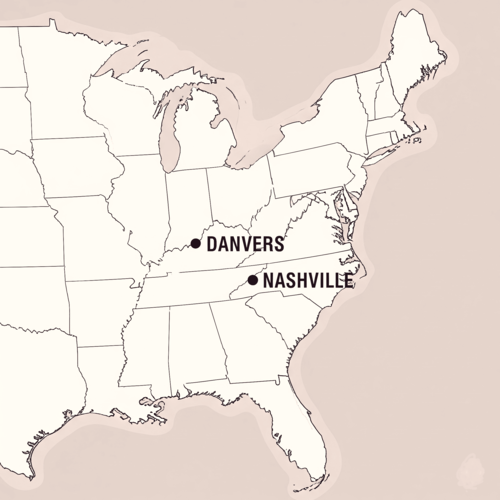
From Danvers To Nashville: Two Statements, One Biblical Vision
30 years separate the Danvers Statement on Biblical Manhood and Womanhood (1987) and the Nashville Statement on Human Sexuality (2017). [...]

The Nashville Statement: Why Affirm It Despite Media Backlash?
WHY DO REFORMED CHRISTIANS STAND BY THIS STATEMENT ON MARRIAGE AND GENDER? When the Nashville Statement was released in 2017, [...]

Who Is Belial? Solving The 2 Corinthians 6:15 Mystery
Belial: This name from the pages of Scripture chills the soul. Who is this mysterious figure Paul invokes in 2 [...]
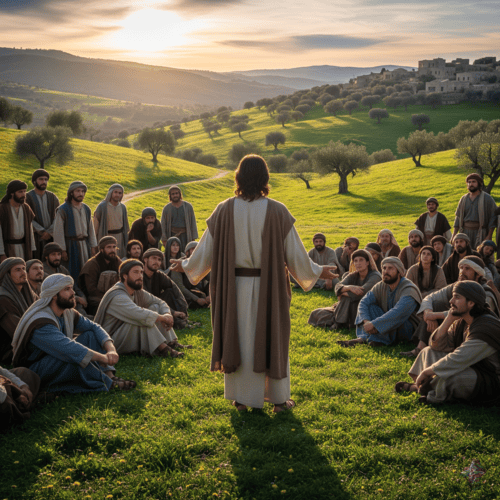
Celibacy Or Castration: What Jesus Really Means in Matthew 19:12
One of Scripture's most shocking misinterpretations led theologian Origen to castrate himself in the third century. His tragic mistake? Taking [...]

Philippians 4:13: Did Paul Really Mean We Can Do ALL Things?
"I can do all things through Christ who strengthens me." It's on gym walls, graduation cards, and motivational posters everywhere. [...]
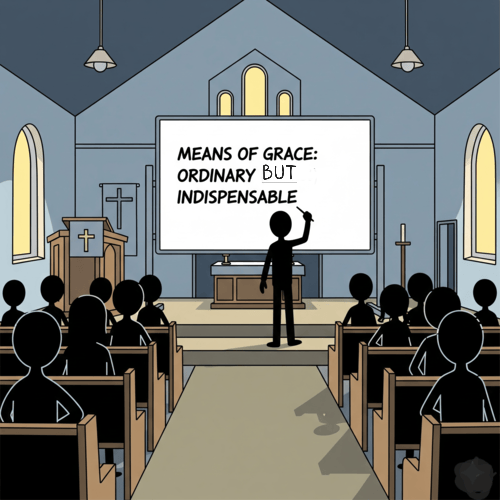
The Ordinary Means of Grace: Why Are They Indispensable?
ORDINARY MEANS FOR EXTRAORDINARY TRANSFORMATION What if God's most powerful work in believers' lives happens through the most ordinary activities? [...]

Is the Bible God’s Word? Or Does It Only Contain God’s Word?
The authority of Scripture stands at the crossroads of modern Christianity. While some argue the Bible merely contains God’s Word [...]

Will We Remember This Life in Heaven? What Isaiah 65:17 Means
"Will I remember my spouse in heaven? My children? Will the joy we shared on earth matter in eternity?" These [...]
SUPPORT US:
Feel the Holy Spirit's gentle nudge to partner with us?
Donate Online:
Account Name: TRUTHS TO DIE FOR FOUNDATION
Account Number: 10243565459
Bank IFSC: IDFB0043391
Bank Name: IDFC FIRST BANK


